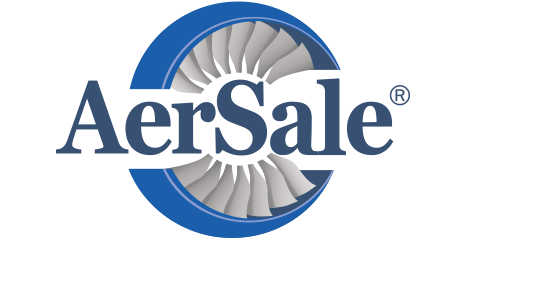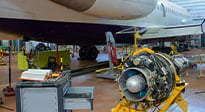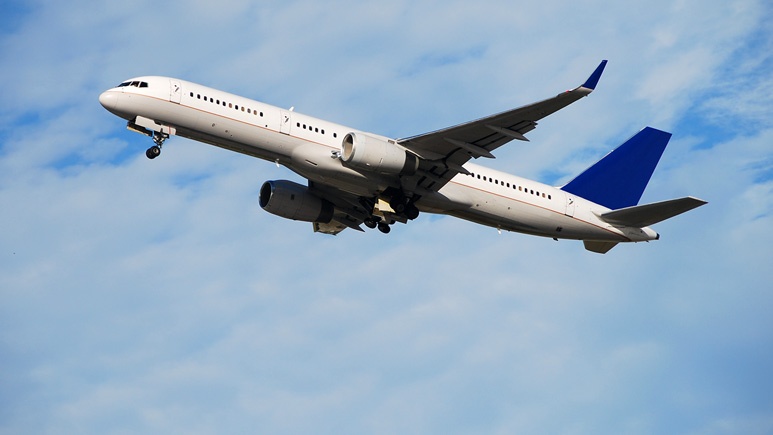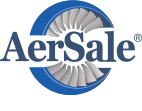The Federal Aviation Agency (FAA) has spoken loud and clear: By January 1, 2020, aircraft must be equipped with ADS-B Out in order to fly in most controlled airspace.
With this deadline quickly approaching, airlines are moving swiftly to comply with the FAA’s ADS-B Out mandate. As of June, roughly 77% of U.S. business aircraft have been equipped with ADS-B, while the nation’s mainline airline fleet is now 85% compliant with the FAA’s requirement for ADS-B Out technology. According to the FAA, ADS-B installations increased by 1,807 among single engine and multi-piston aviation aircraft between May and the end of June. International air carrier aircraft saw 483 new installations, and there was an increase of 422 among turbojet and turboprop general aviation aircraft.
With just over three months before the agency’s 2020 deadline, now is the time to get moving if you haven’t yet implemented an ADS-B Out solution for your aircraft. Here’s a quick guide to navigating ADS-B Out—and ensuring your fleet isn’t grounded when the January 2020 deadline hits.
What is ADS-B? 
Better known as ADS-B, Automatic Dependent Surveillance-Broadcast uses GPS signal tracking to enhance navigational accuracy. As part of its Next Generation Air Transportation System (NextGen), the FAA is transitioning away from radar in favor of ADS-B. ADS-B’s precise tracking enables more direct flight plans, which in turn reduce time, costs, and emissions. It also expands navigational coverage to remote areas like the Gulf of Mexico and parts of Alaska, which previously were beyond radar range.
The FAA evaluated ADS-B, as well as a number of additional surveillance solutions, when outlining its NextGen strategy. It concluded that ADS-B was the best-equipped technology to deliver core surveillance that is cost-effective and performs as well or better than the current system; cockpit advisory services such as traffic, weather, and database products that enhance pilot decision-making and situational awareness; and cockpit critical services that enable aircraft to fly safely with less separation and, ultimately, transfer some responsibility for separation away from air traffic control to the pilot.
ADS-B Out Compliance
As part of its NextGen mission, the FAA set a January 1, 2020 deadline for achieving ADS-B Out compliance. What does this mean for you? By year’s end, aircraft operating in airspace as defined by 14 CFR 91.225 must be equipped with an ADS-B Out system that meets the performance requirements outlined in 14 CFR 91.227. When an aircraft broadcasts its position and other data, it is called ADS-B Out. ADS-B In refers to an aircraft receiving broadcasts from the ground network. ADS-B Out is required by the FAA’s 2020 mandate; ADS-B In is not.
The European Commission issued a similar ADS-B Out mandate with a deadline of June 7, 2020. Although the number of European airlines in ADS-B Out compliance has doubled since late 2018, there is widespread concern that it’s simply “not possible” to retrofit the European fleet in time to meet the deadline.
In the U.S., the announcement of the FAA’s ADS-B Out mandate resulted in many solutions entering the aviation market—each with varying costs, installation processes, and lead times. Short lead times are especially critical at this point, as they can help you avoid potential installation facility backlogs, component shortages, and price premiums as January 1, 2020 approaches.
ADS-B Out Solutions
Although most ADS-B Out systems share core capabilities, they differ greatly in terms of design, installation, cost, and lead time. To help commercial airlines achieve ADS-B Out compliance with less downtime and expense, AerSale® created a powerful proprietary solution: AerTrak®. It’s just another way that AerSale brings our customers the best technology and people in the commercial aviation landscape.
FAA-approved to satisfy ADS-B Out for Boeing 737 Classic, 737 NG, and Boeing 757-200 series aircraft, AerTrak delivers key advantages for fleets not yet in compliance with the 2020 mandate.
- Design: AerTrak seamlessly integrates with most existing avionics and cockpit controls, as well as Boeing 737 Classic, 737 NG, and Boeing 757-200 series aircraft fitted with any OEM transponder/Multi-Mode Receiver (MMR) combination. As a standalone system, AerTrak doesn’t involve changes to existing MMRs and uses existing A/C wiring raceways.
- Installation: AerTrak kits include all necessary parts, making installation quick and easy. Our expert installation team ensures your aircraft is ADS-B Out ready without experiencing common installation pitfalls. Our technicians can install AerTrak at any hangar worldwide, with your aircraft back in the air after just three days.
- Lead Time: At just four weeks, our lead time is one of the fastest among the ADS-B Out solutions on the market today. Contact us now to schedule your installation ahead of the FAA deadline.
- Cost: ADS-B Out solutions can range in price from less than $200K to nearly $1 million. As an integrated solutions provider, AerSale is uniquely positioned to maximize value for customers seeking the most cost-effective, FAA-approved ADS-B Out solution. Our system saves the cost of replacing MMR components while offering industry-leading lead times and installation speeds.
With just over three months to achieve ADS-B Out compliance, now is the time to secure a solution that keeps your fleet flying high. Contact our ADS-B experts today to discover why aviation leaders trust AerTrak.




 OUTSTANDING PEOPLE AND CAPABILITES
OUTSTANDING PEOPLE AND CAPABILITES


